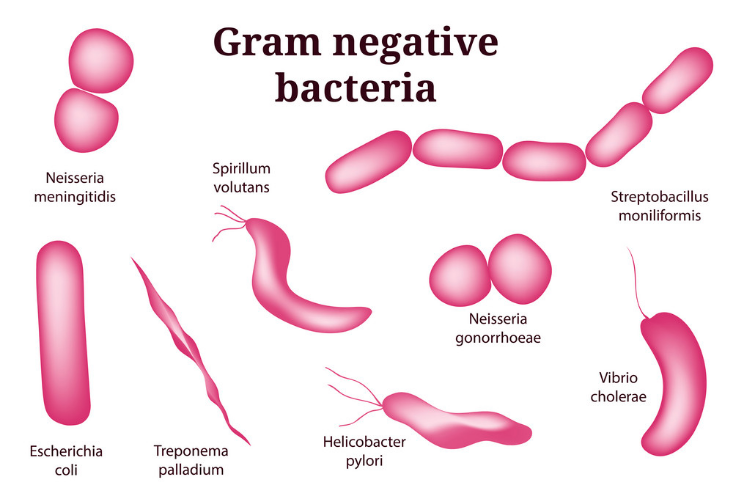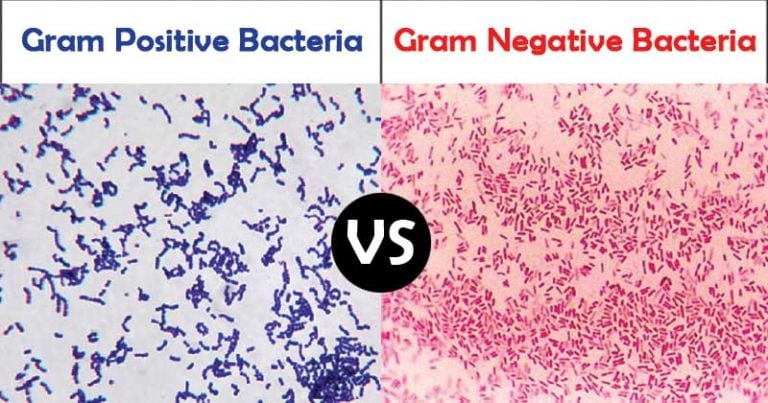

Tetracycline antibiotics bind to bacterial ribosomes that are responsible for protein production and inhibit bacterial protein synthesis. Sulfa antibiotics target a specific enzyme that inhibits bacterial growth. Other antibiotics target different molecules that inhibit bacterial growth while leaving human cells undamaged. Image courtesy of Graevemoore, Wikimedia Commons Human cells do not contain peptidoglycan, so penicillin specifically targets bacterial cells. The cells burst open and are much easier for the immune system to break down, which helps the sick person heal more quickly. Penicillin works best on gram-positive bacteria by inhibiting peptidoglycan production, making the cells leaky and fragile. Gram-negative bacteria have peptidoglycan between membranes. Gram-positive bacteria have a peptidoglycan layer on the outside of the cell wall. Within bacteria, there are two types of bacterial cell walls. Composition of the cell wall in the archaea is more diverse. The cell walls of most fungi are made from chitin. Algae cell walls can be made of cellulose, xylan, silica, carrageenan or a variety of other materials. The cell walls of algae are highly variable. The cell walls of plants, for example, are made from cellulose. The composition of the cell wall differs depending on the type of organism, so penicillin does not affect other organisms.


Nearly every bacterium has a peptidoglycan cell wall. Peptidoglycan molecules form strong links that give the bacterial cell strength as well as preventing leakage from the cytoplasm. Penicillin interferes with the production of a molecule called peptidoglycan. When used as an antibiotic treatment, penicillin operates by a very specific mechanism. Penicillin was first used to treat bacterial infections in 1942 and is derived from the fungus Penicillium sp. Modern physicians frequently prescribe antibiotic medications to help people fight infections. One of the first antibiotics discovered was penicillin.


 0 kommentar(er)
0 kommentar(er)
